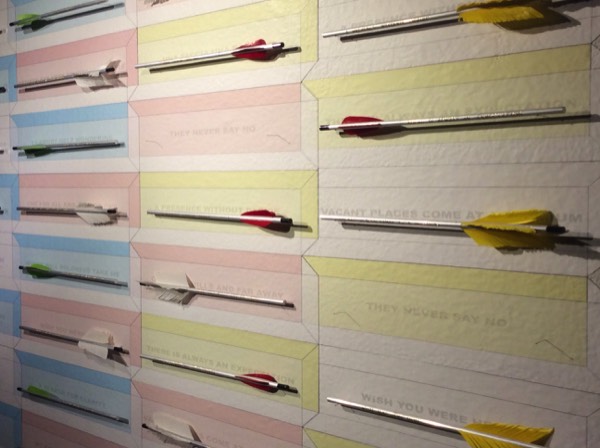Printmaking in the Post-Print Age:
Critical and Creative Methods in the context of Contemporary Art & Society

Developments in digital technology since the 1970s have led text and image away from traditional printing methods, heralding what has become known as the post-print age. The use of digital and multimedia platforms blur familiar distinctions between production and distribution as they emphasise real-time, display, virtual and editable or interactive modes of communication. Such transformations contest the traditional structures of author - audience relationships, whilst creating possibilities for new ways of seeing and interacting with the world.
Throughout its history, art has been understood variably as being about technique or beauty or something entirely different. Yet differences in our individual interpretations or value systems aside, art has fundamentally always been about our relationship with nature. So as the virtual begins to colonise nature, where do we stand? What is art? Meanwhile, there is an inextricable bond between the development of printmaking as art and that of printing as technology. So in the post-print age, what has the art of printmaking become? What challenges and new areas of potential are we presented with? This will be the focus of the IMPACT 9 International Printmaking Conference.
The Organising Committee welcomes multidisciplinary contributions to, but not limited by, discussion of the following issues:
How can the heritage of printmaking be defined according to the unique historical backgrounds of different cultural contexts? What are the stories of its origin in different locales? What cultural status and meaning does printmaking hold historically? And how does the current practice of printmaking relate to its past?
How has the cultural status and role of printmaking evolved in relation to broader historical changes and technological developments? Do shared materials or techniques in traditional printmaking processes nonetheless vary in meaning according to different cultural contexts?
Is digitisation truly revolutionising the art of printmaking? If so, how, and what problems arise? Do we need to redefine the boundaries of printmaking as a discipline and if so how ?
An important issue for art critics is whether or not post-print age printmaking shares those challenges of interpretational and value judgement encountered in contemporary art in general, and if so how should they be approached? How can the current state of printmaking inform contemporary criticism?
http://impact9.caa.edu.cn/ThemeTopics/
Throughout its history, art has been understood variably as being about technique or beauty or something entirely different. Yet differences in our individual interpretations or value systems aside, art has fundamentally always been about our relationship with nature. So as the virtual begins to colonise nature, where do we stand? What is art? Meanwhile, there is an inextricable bond between the development of printmaking as art and that of printing as technology. So in the post-print age, what has the art of printmaking become? What challenges and new areas of potential are we presented with? This will be the focus of the IMPACT 9 International Printmaking Conference.
The Organising Committee welcomes multidisciplinary contributions to, but not limited by, discussion of the following issues:
How can the heritage of printmaking be defined according to the unique historical backgrounds of different cultural contexts? What are the stories of its origin in different locales? What cultural status and meaning does printmaking hold historically? And how does the current practice of printmaking relate to its past?
How has the cultural status and role of printmaking evolved in relation to broader historical changes and technological developments? Do shared materials or techniques in traditional printmaking processes nonetheless vary in meaning according to different cultural contexts?
Is digitisation truly revolutionising the art of printmaking? If so, how, and what problems arise? Do we need to redefine the boundaries of printmaking as a discipline and if so how ?
An important issue for art critics is whether or not post-print age printmaking shares those challenges of interpretational and value judgement encountered in contemporary art in general, and if so how should they be approached? How can the current state of printmaking inform contemporary criticism?
http://impact9.caa.edu.cn/ThemeTopics/